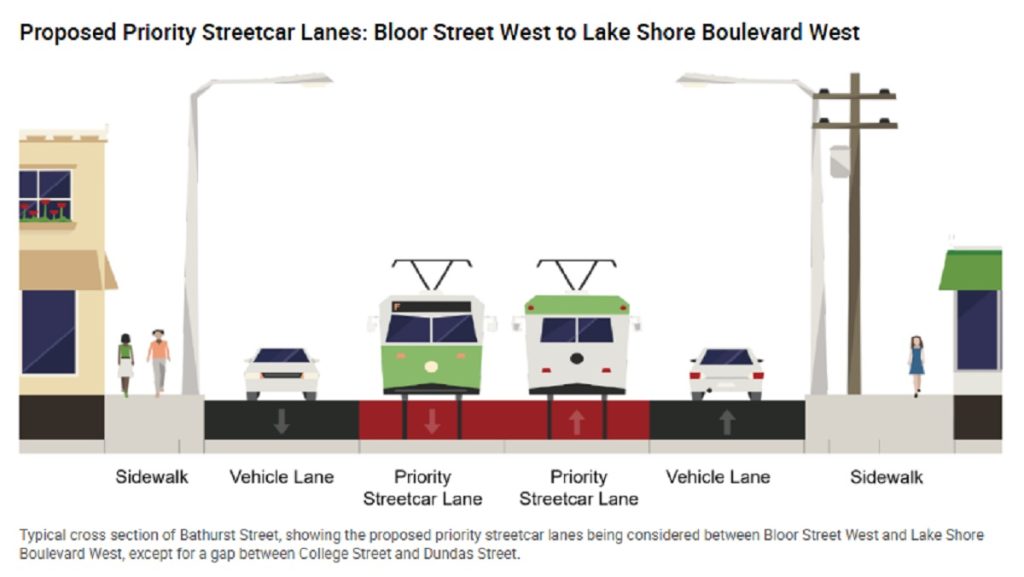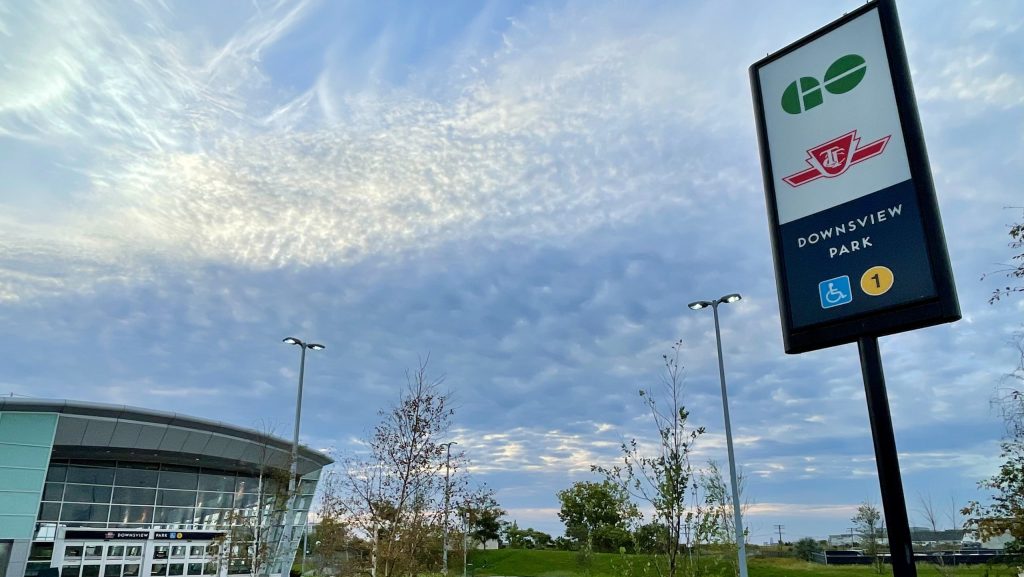NEED TO KNOW: Parking near a fire hydrant in Toronto
Posted August 11, 2014 3:24 pm.
This article is more than 5 years old.
Illegal parking near Toronto fire hydrants racks in millions of dollars for city hall, according to a report compiled from city parking data.
A Canadian Press analysis of Toronto’s parking-ticket data found the city has collected more than $24 million since 2008 by fining people who parked too close to hydrants.
Time to brush up on the rules, and consequences, for parking near hydrants.
Q: How close can I park to a fire hydrant?
A: Cars must park at least three metres clear of the curb that lines up with a fire hydrant, provided there are no other parking restrictions, according to city by-law.
Q: Will my car be towed for parking too close to a fire hydrant?
A: Illegally parked cars may be towed by the city, but not just for parking too close to a hydrant once or twice. Under new rules enacted in January, the city will be able to tow your vehicle if you have three undisputed, unpaid tickets on your record and a fourth is being issued more than 120 days from the last offense. That fourth could be for parking too close to a hydrant, but it doesn’t have to be. Any parking infraction will do.
Q: What will it cost me?
A: The ticket for parking too close to a hydrant runs $100. If your car is towed on a fourth-strike, you must pay towing a storage fees to get the car back, which starts at $281 all together and goes up by the day.
Q: Why can’t I park near a fire hydrant?
A: The three metre rule is in place so fire crews can see hydrants from the street and park close enough to access them with their hoses when working on extinguishing a fire.
Q: Can my car be damaged if I park too close to the hydrant?
A: Toronto Fire Services has one job to do when attending a fire: put out the fire. They don’t enforce the parking by-law, so fire crews won’t be towing your car if it’s parked too close to a hydrant. But if your car is parked near a hydrant when fire crews need it, you run the risk of getting blocked in for hours.
“If there’s a vehicle where it’s not supposed to be, we’re just going to put our trucks right next to it,” said Capt. Adrian Ratushniak.
“If the hydrant is obstructed we work around it and get our hoses to the hydrant however we can.”
And though fire services would never intentionally damage someone’s car, Ratushniak warned that anything close to a working fire scene could get drenched. And in the winter time everything covered in water becomes ice in no time.








